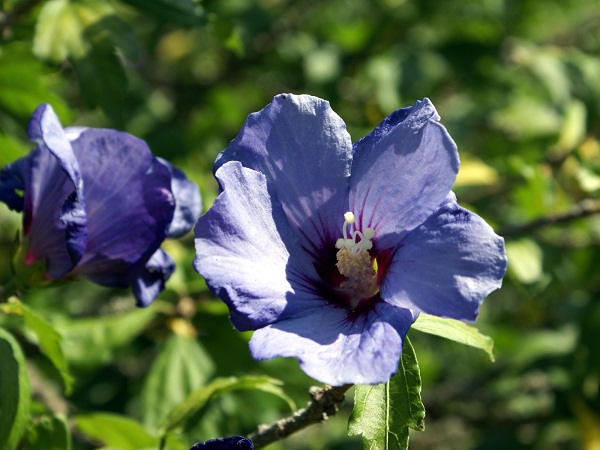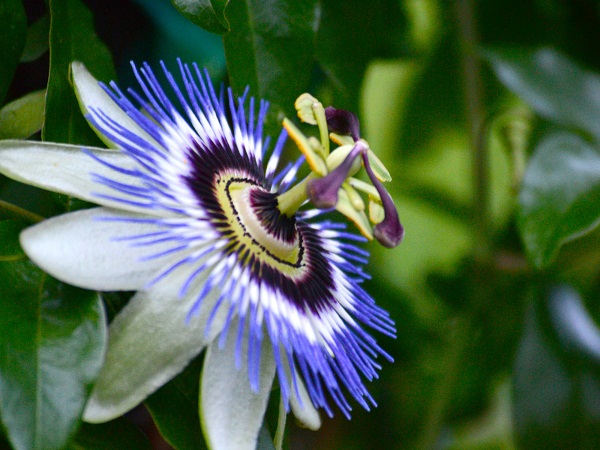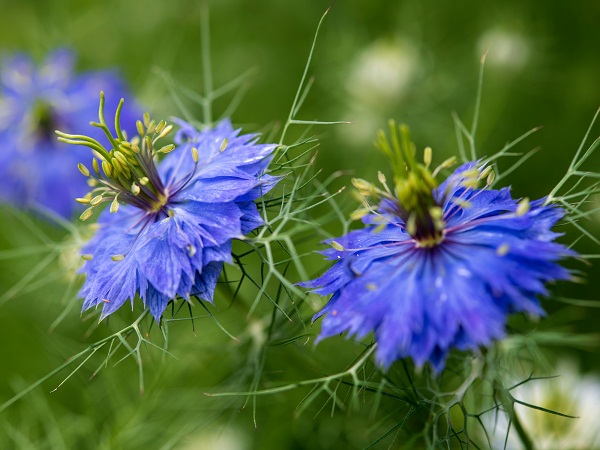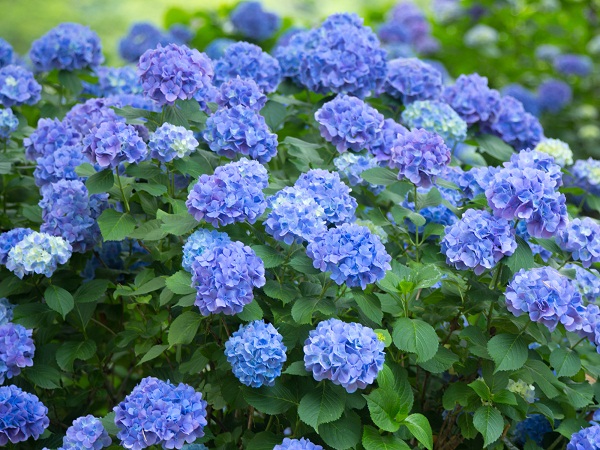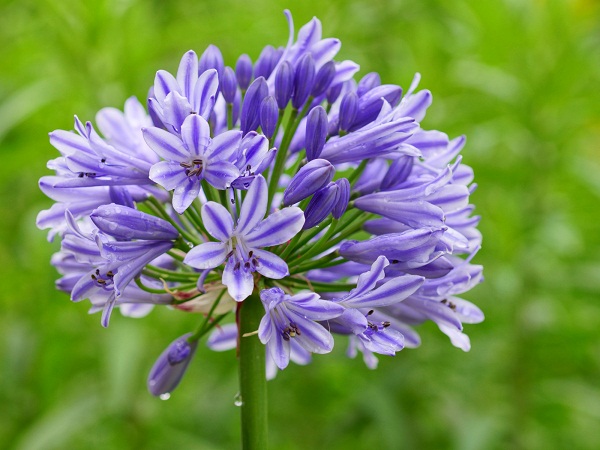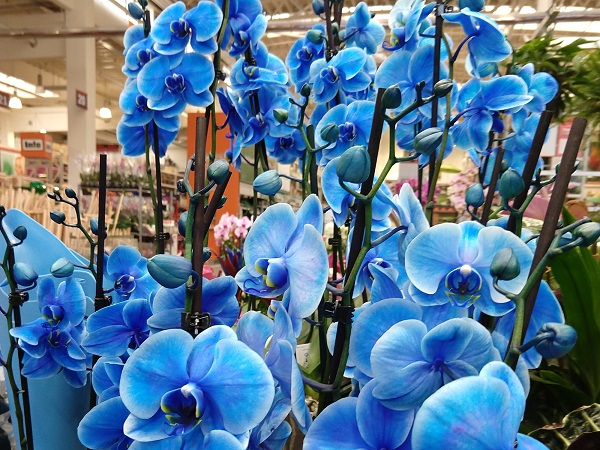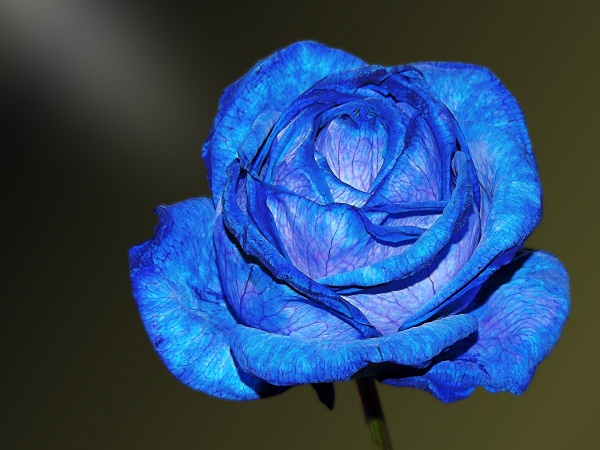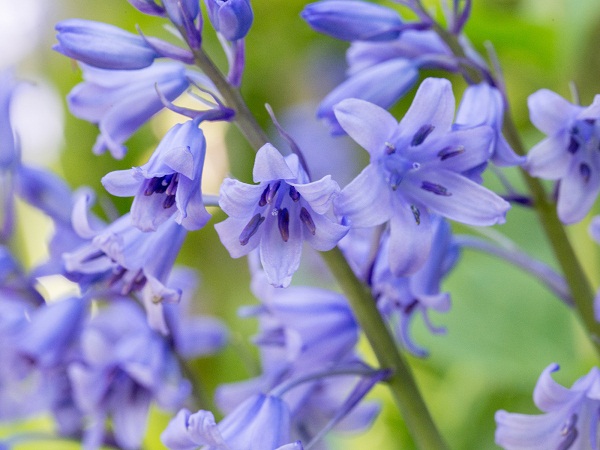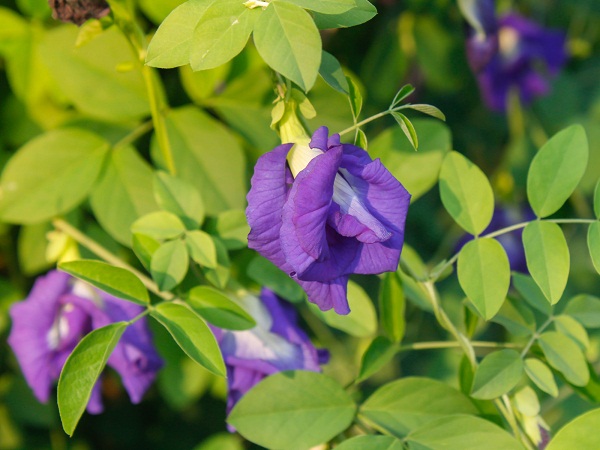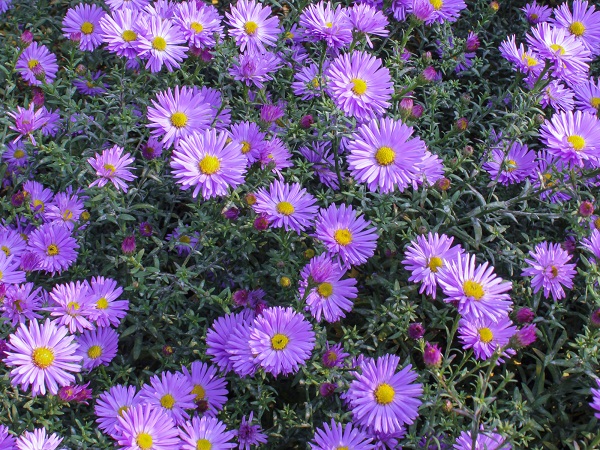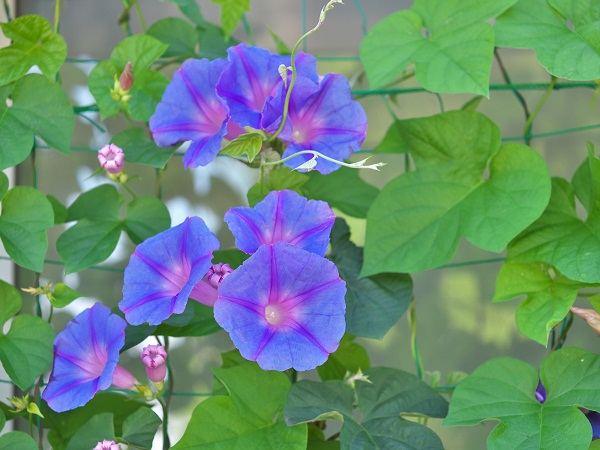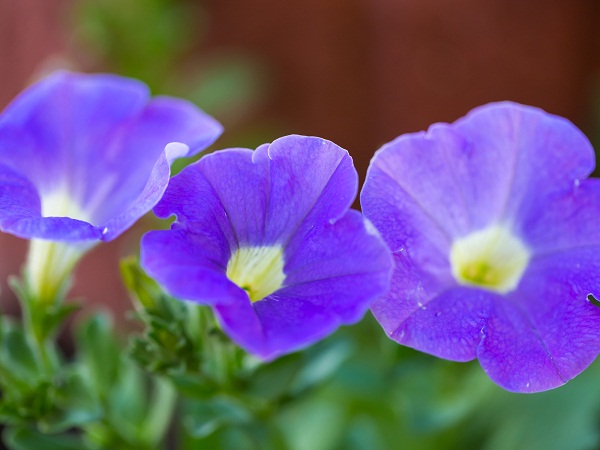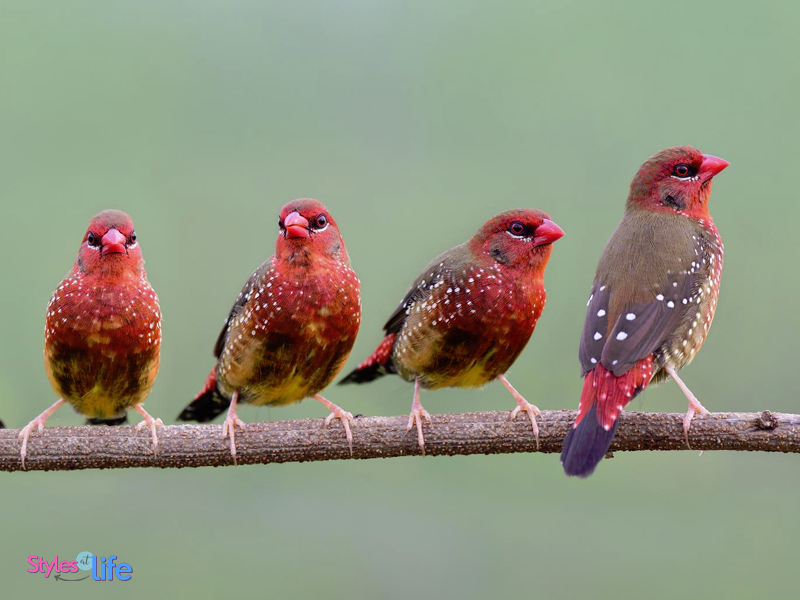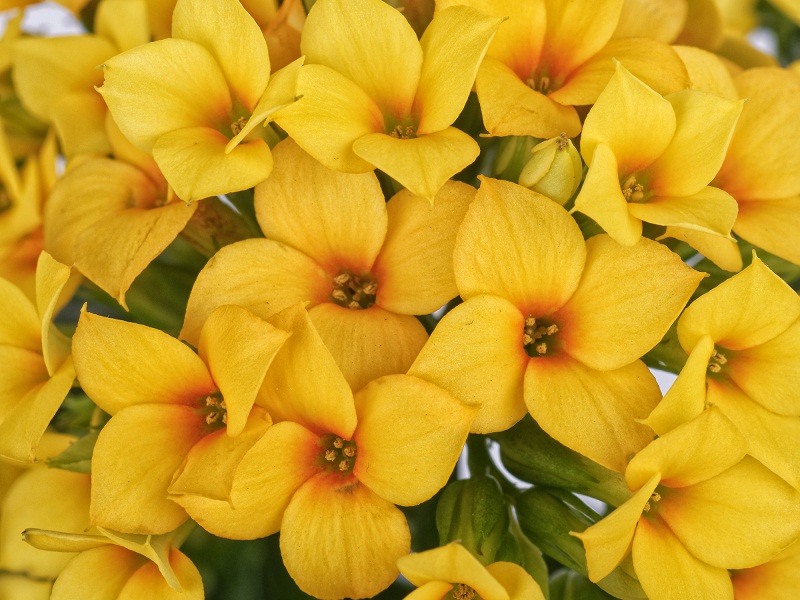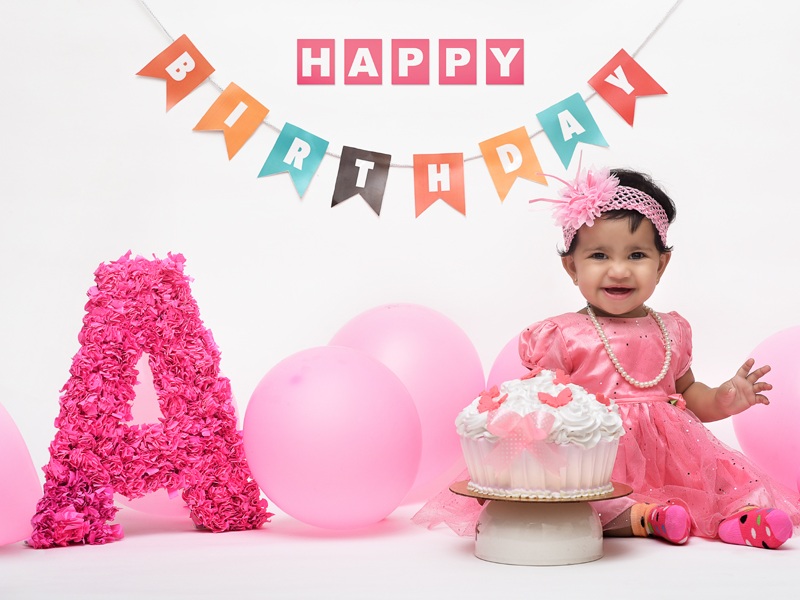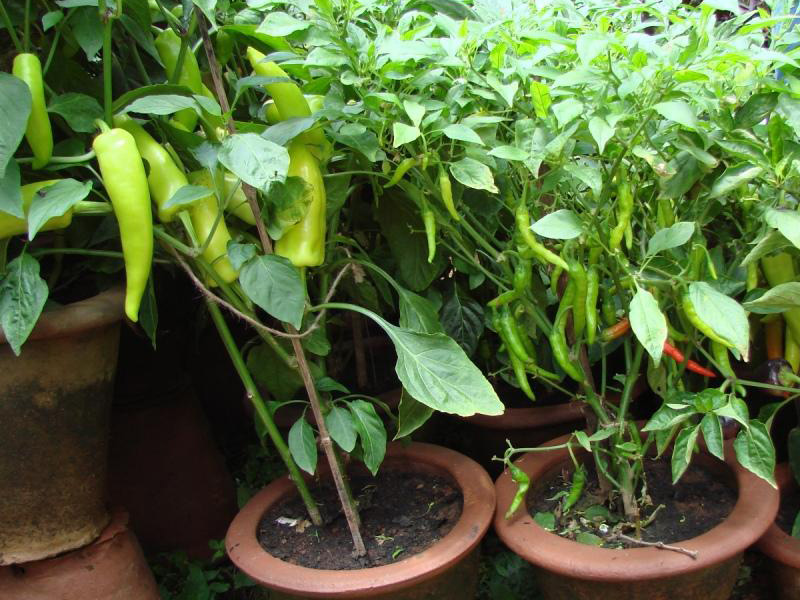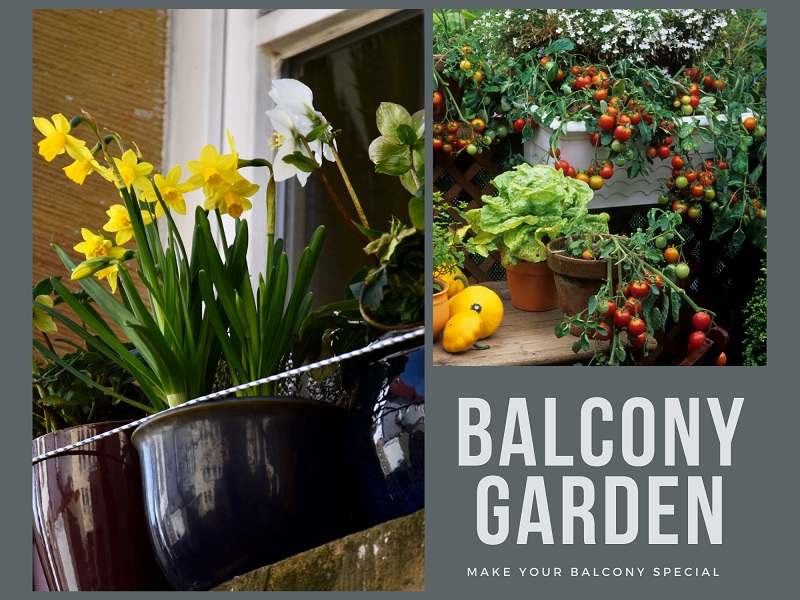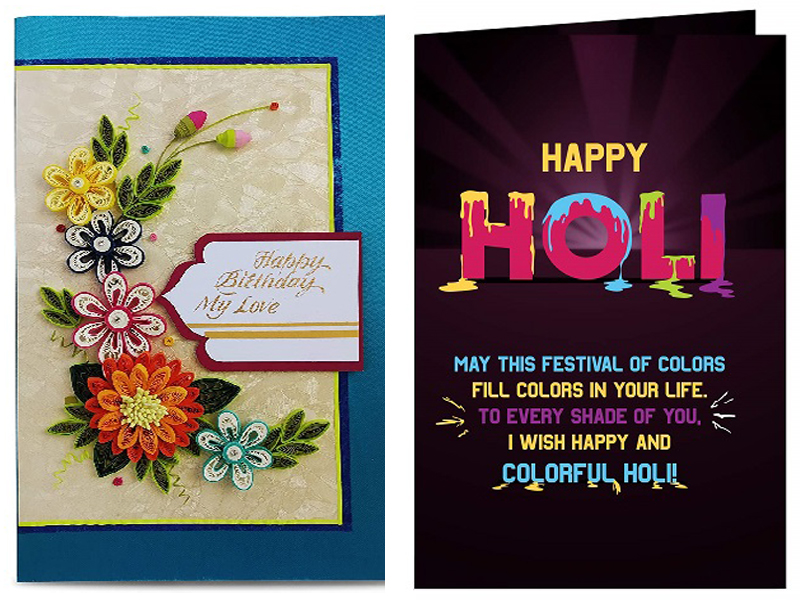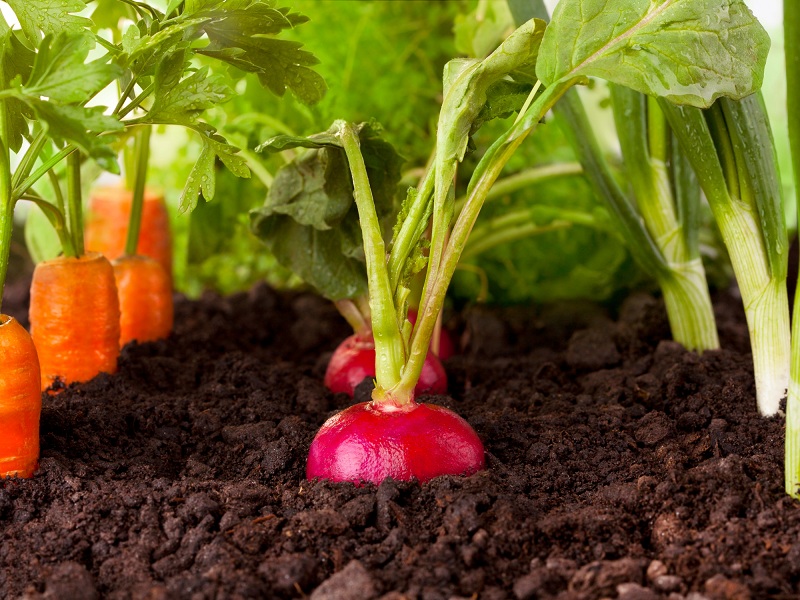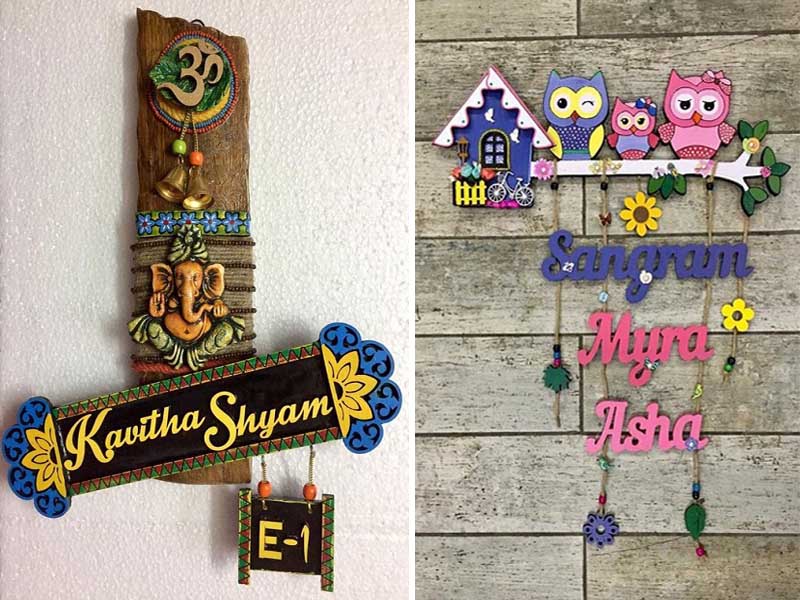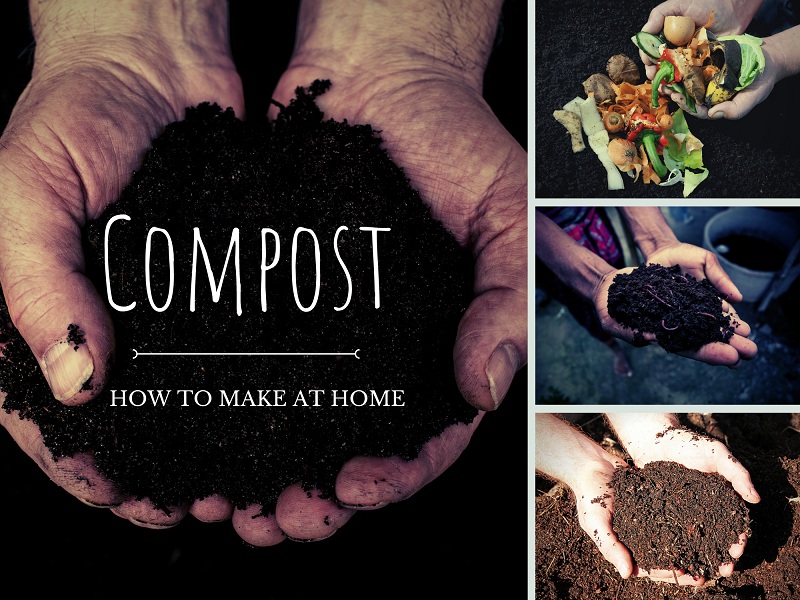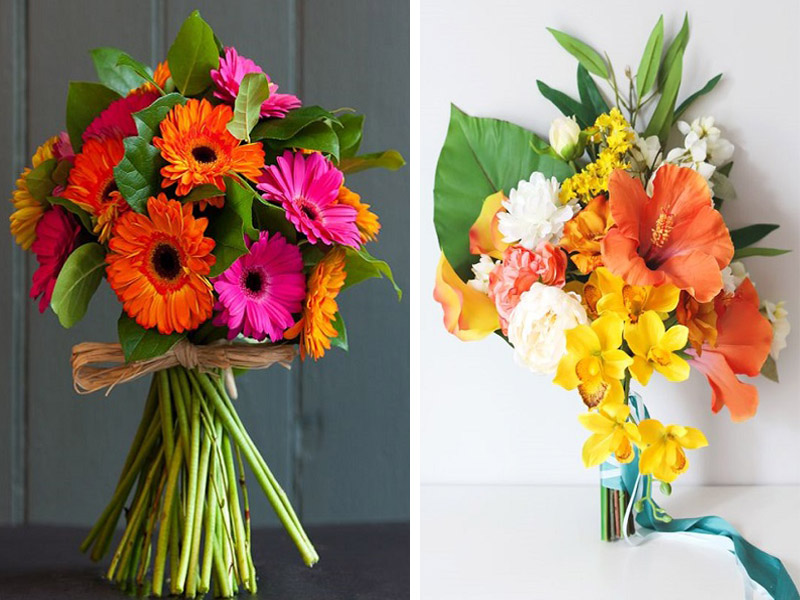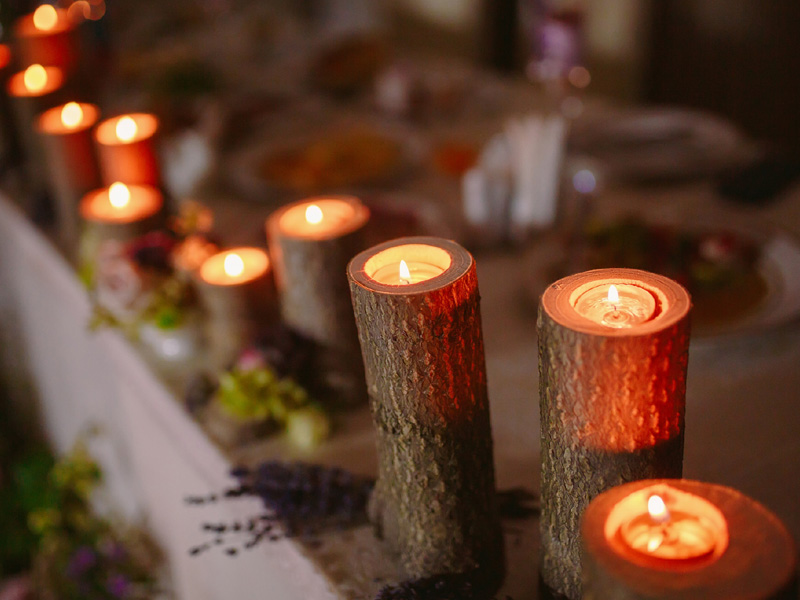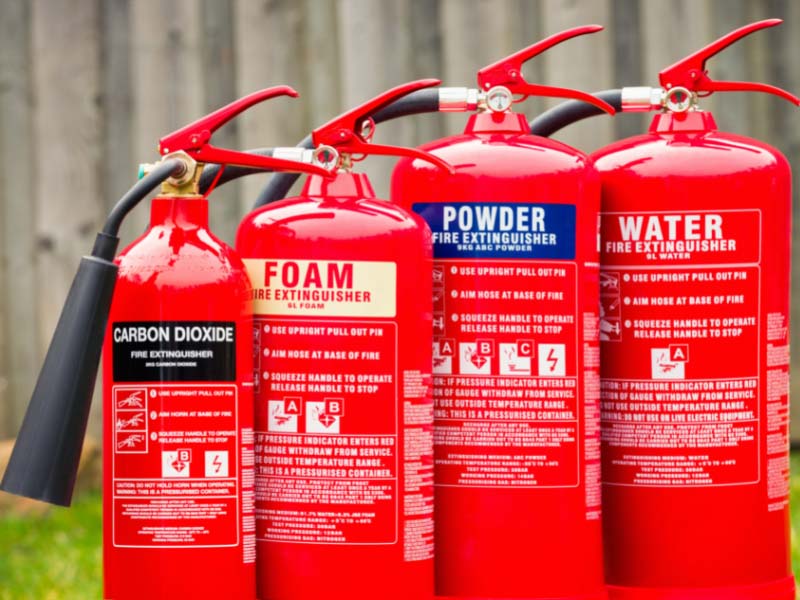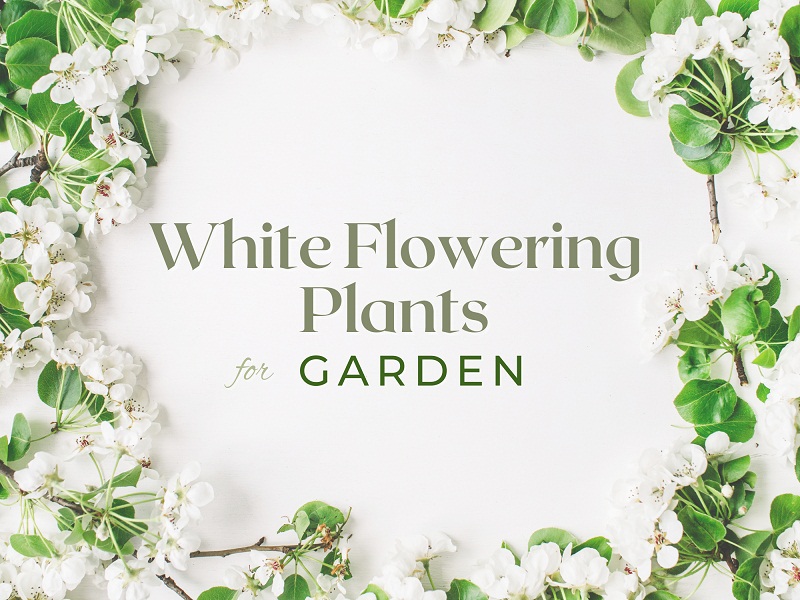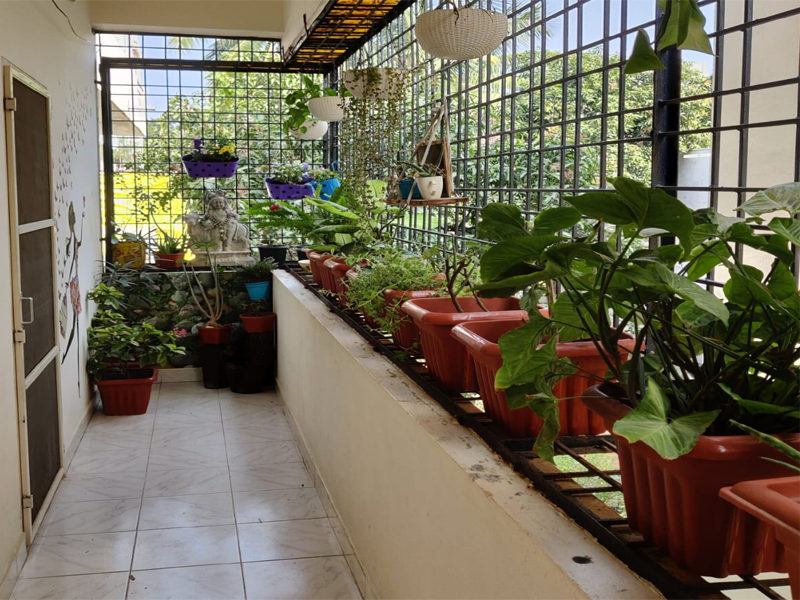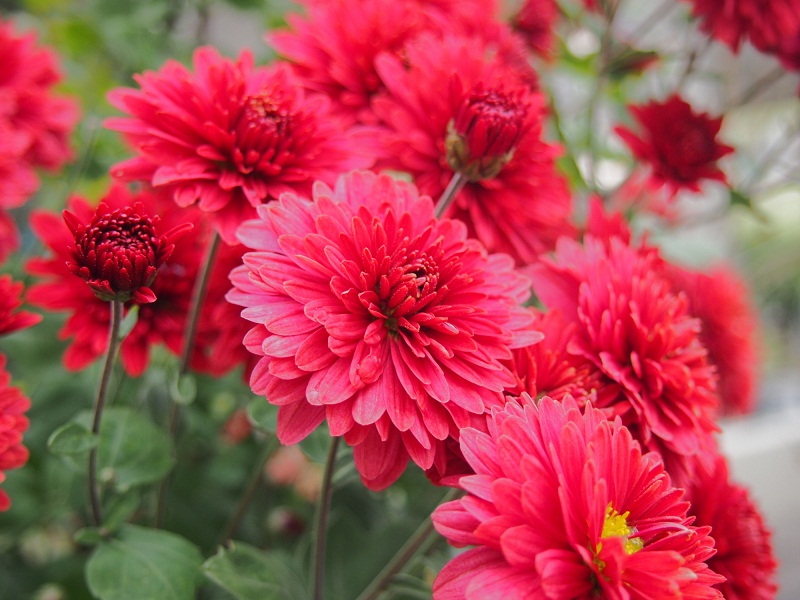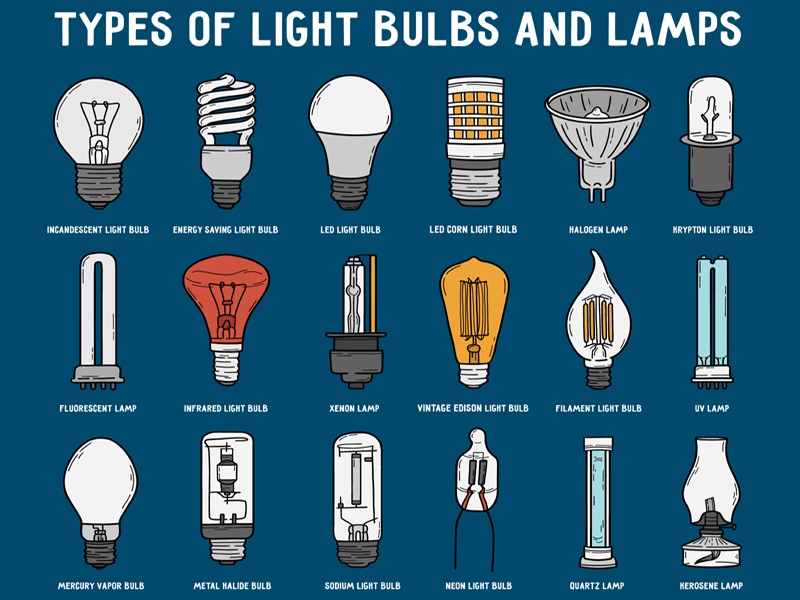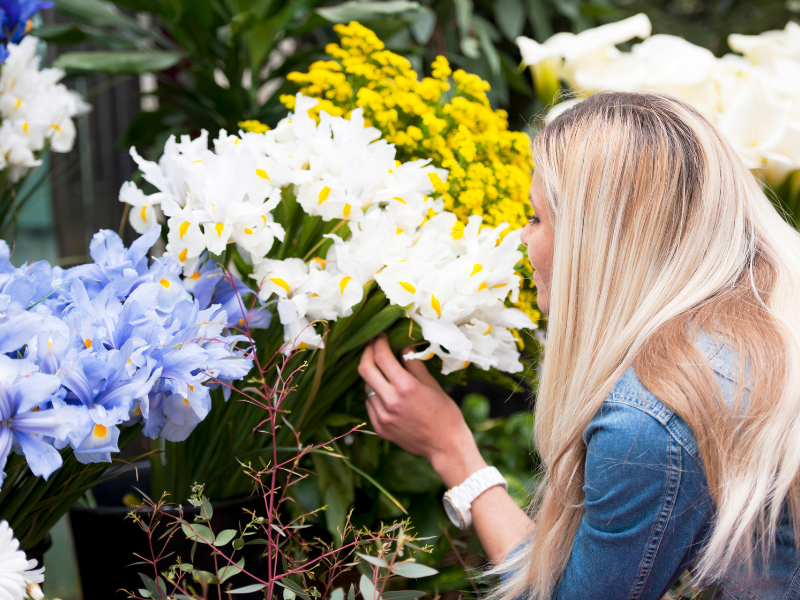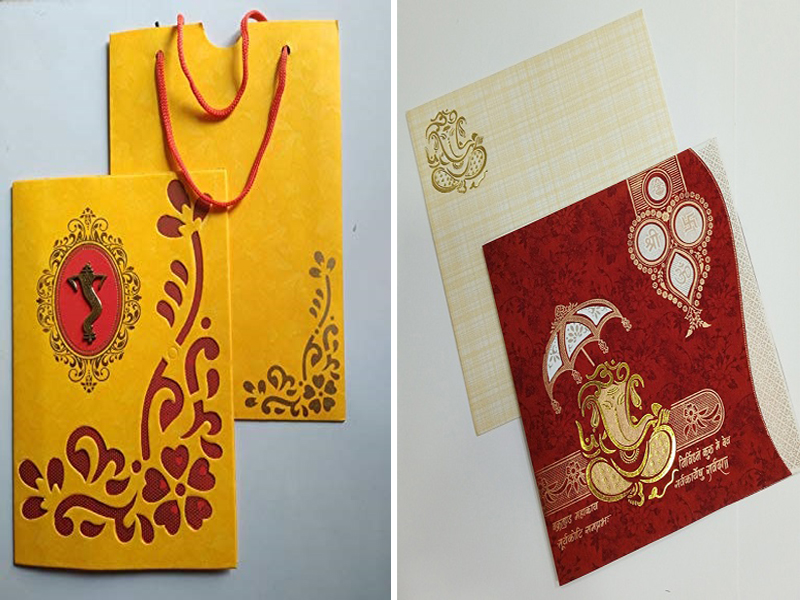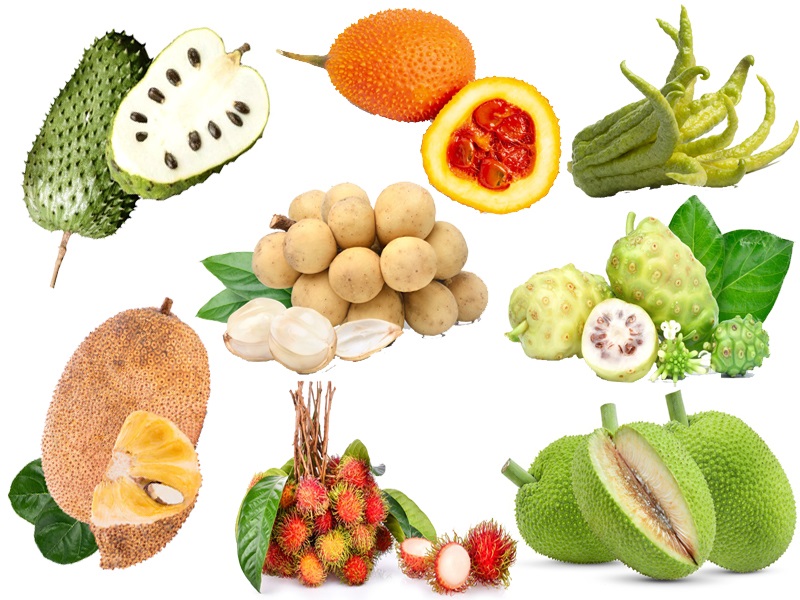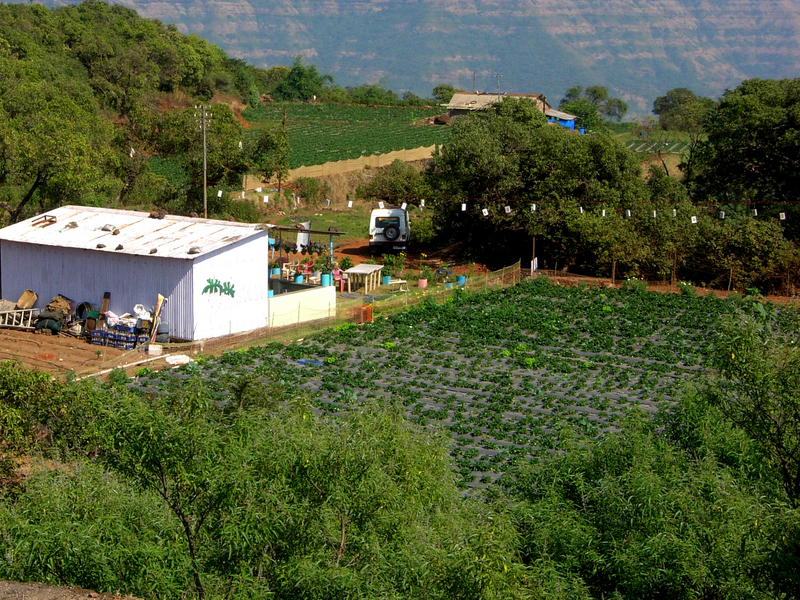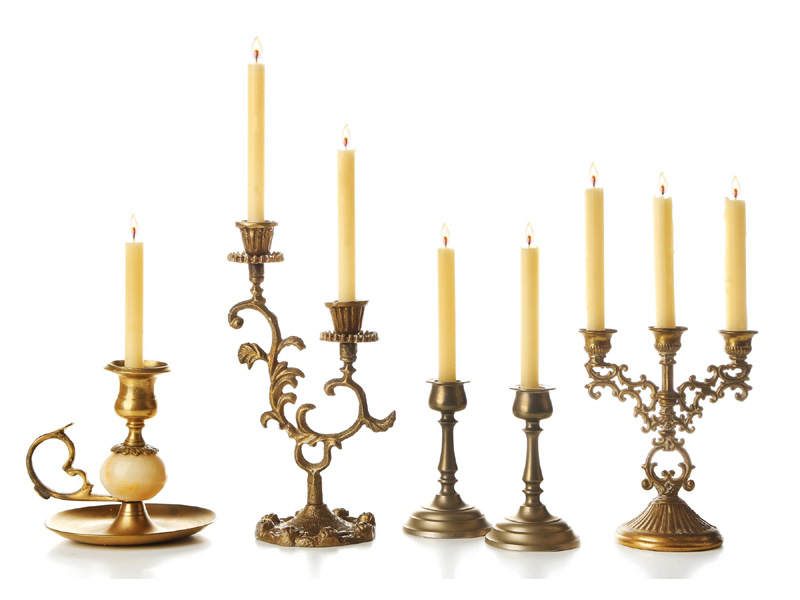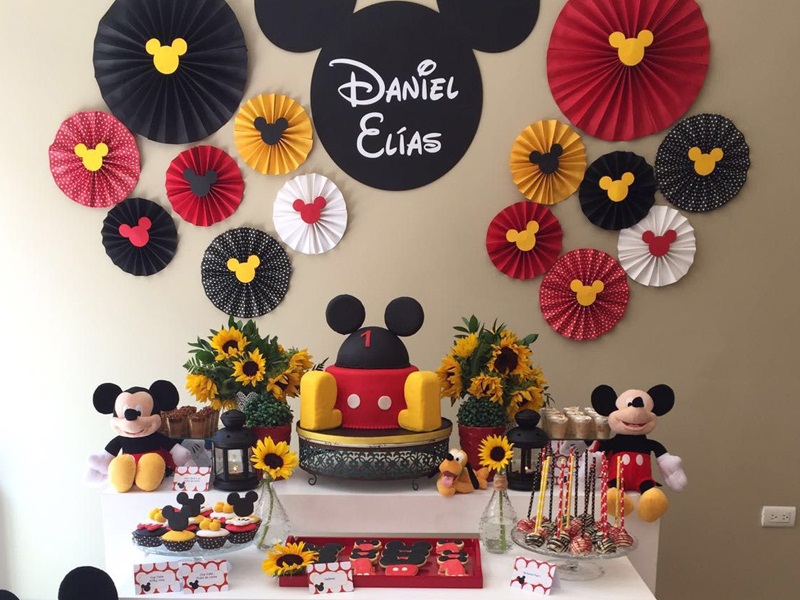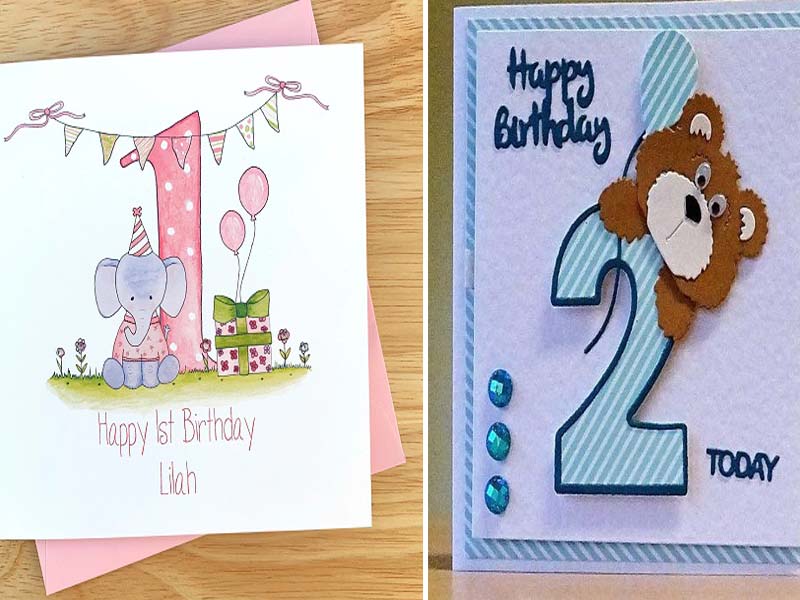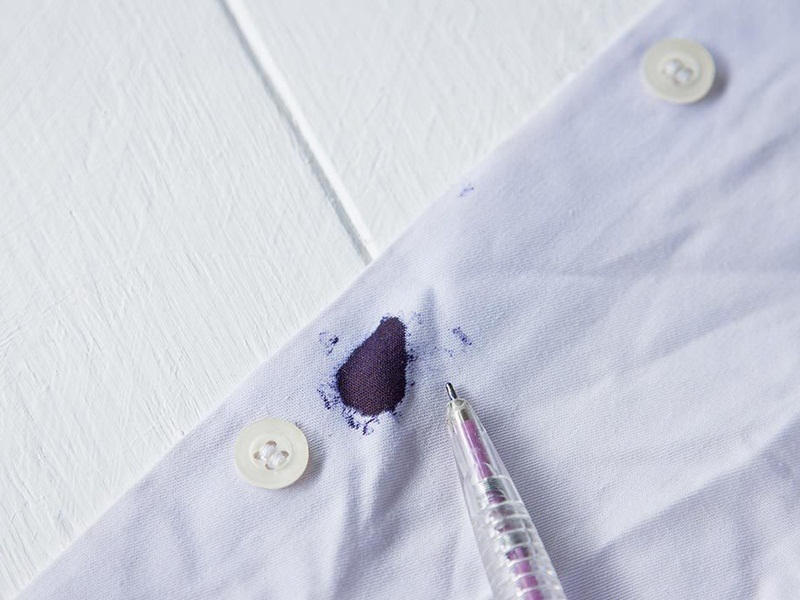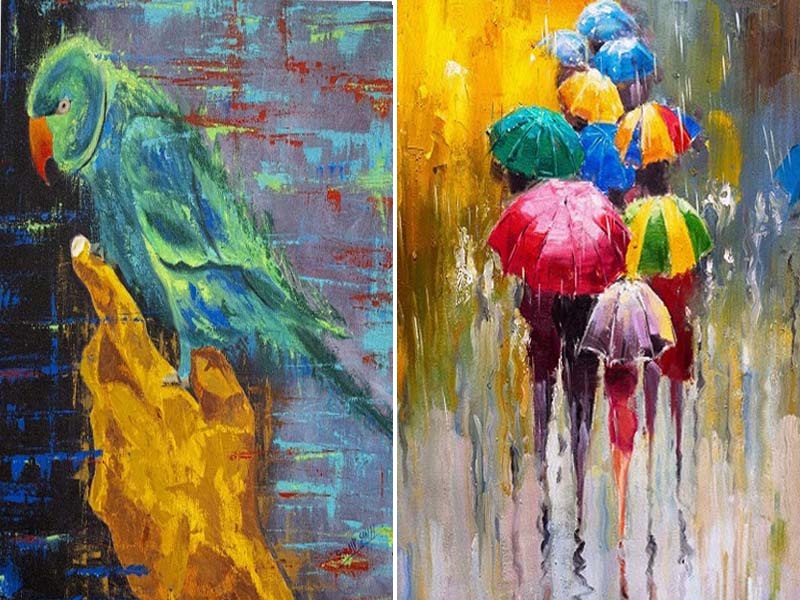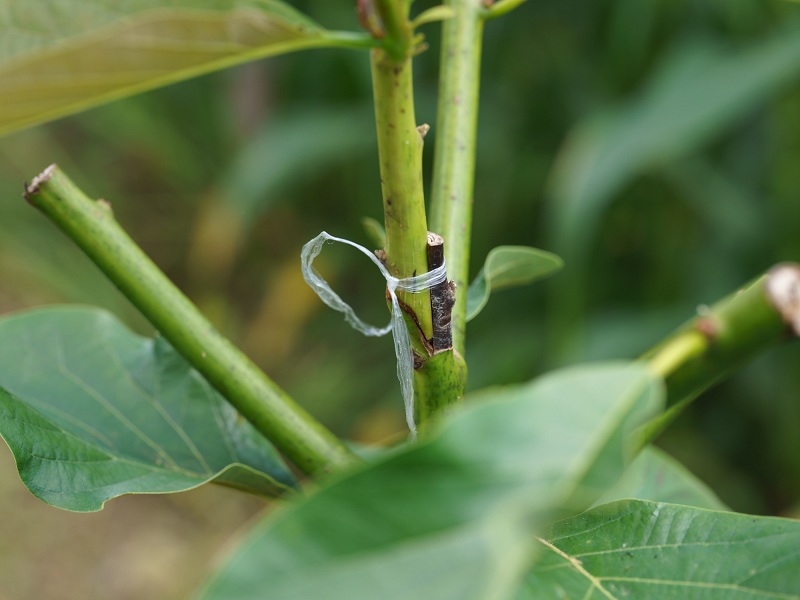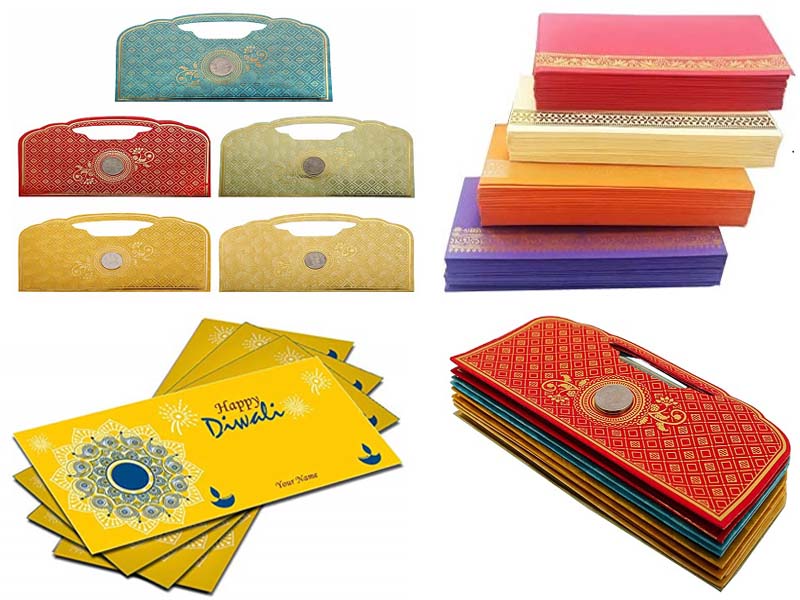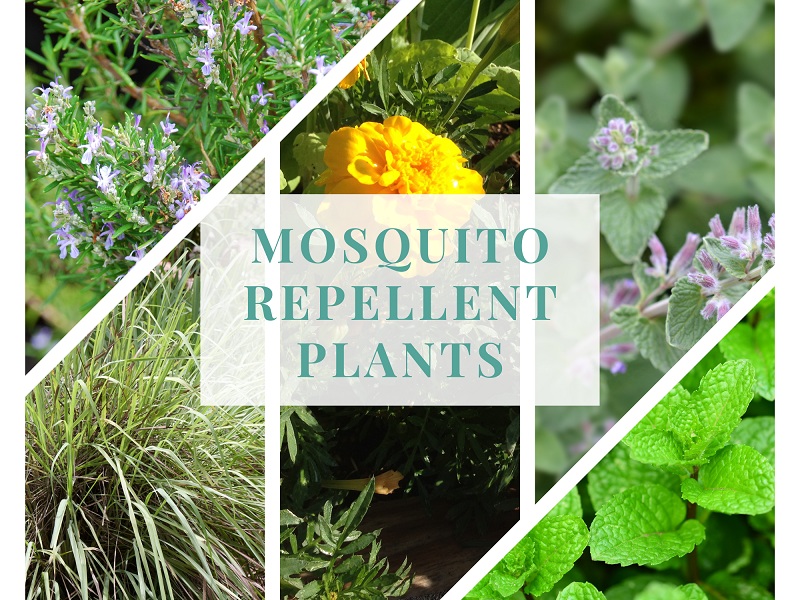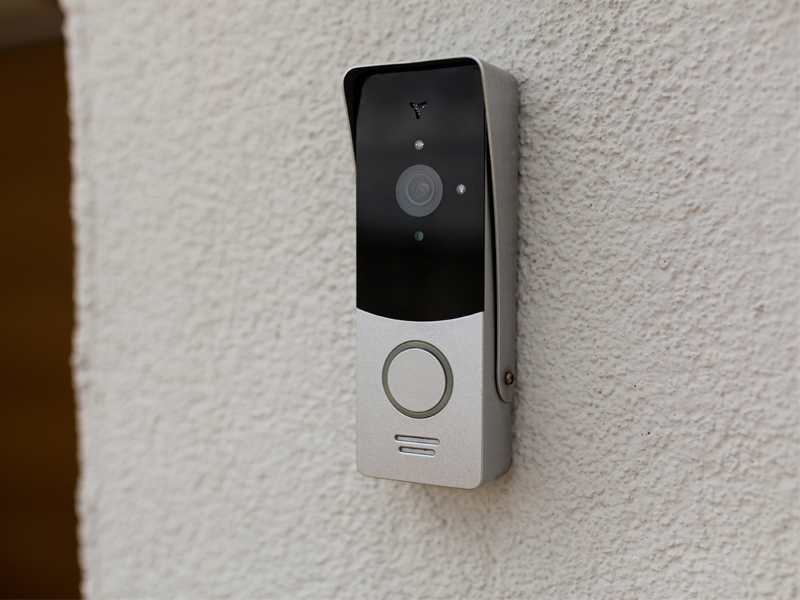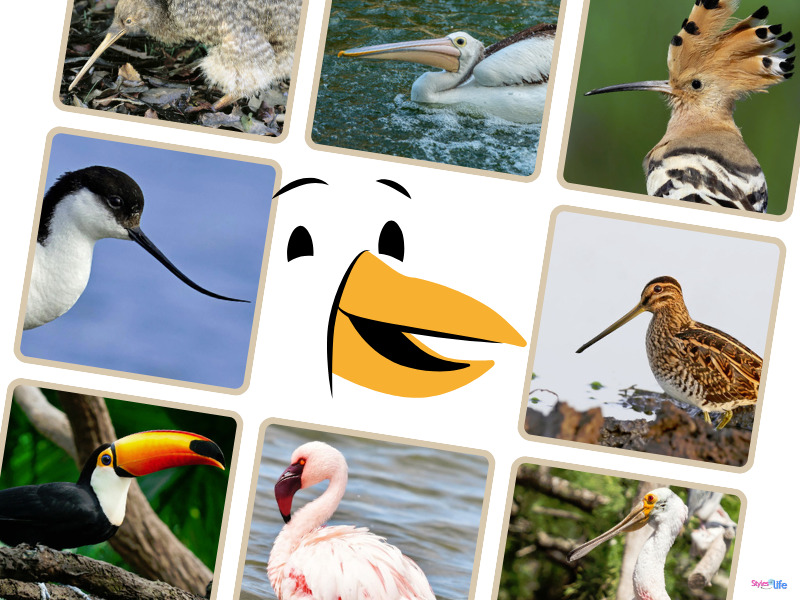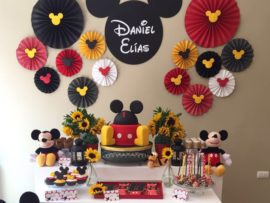According to English writer and philosopher John Ruskin – “Blue colour is everlastingly appointed by the deity to be a source of delight.” Often associated with intellect and spirituality, the Blue colour also helps one sleep better by having a calming effect. The Blue flowering plants are the world’s rarest flowers and convey love, desire, and supreme struggle. Let us go through this article to learn more about these blue flowers’ appearance, beauty, and features. Read on!
Most Beautiful Blue Flowering Plants That Grow in Home Gardens:
Blue flowers are known for their cooling and calming effect, creating a contemplative mood. We have presented you with the list of some Blue flowering plants you can look into before choosing for your home garden.
1. Blue Hibiscus:
Botanical Name: Alyogynehuegelii.
The blue hibiscus is a fast-growing, evergreen shrub of upright and open habits that are attractive and rarely troubled by pests and is a perfect choice for the home garden. These plants are known for their large trumpet-shaped and lilac-blue to deep purple colour flowers, and each glossy-petaled flower lasts two-three days and blooms on and off all year. For best growth, these flowering plants appreciate part sun to full sunlight.
Read: Best Yellow Flowering Plants for Garden
2. Blue Passion Flower:
Botanical Name: Passiflora Caerulea.
The Blue passion flower belongs to the Passion flower family and is a climbing vine that will add beauty to your home garden. It is frequently cultivated in the planet’s hotter regions though initially found in the tropical Americas. Passion flowers are about 10 cm in diameter with five petals and sepals whose appearance is similar. These flowers are whitish in colour, surmounted by a corona of violet or blue filaments. Then there are three purple stigmas and five greenish-yellow stamens.
3. Blue Cornflower:
Botanical Name: Centaurea Cyanus.
Also called the bachelor’s button, the Blue cornflower belongs to the family Asteraceae native to Europe and is an annual flowering plant. This plant is used as a seed contaminant in crop seeds and an ornamental plant in home gardens. These plants have grey-green branched stems while growing to 40 to 90 cm tall. These flowers are arranged in flowerheads and are most commonly an intense blue colour. The Blue cornflower is widely naturalized outside its native range though these flowers are native to temperate Europe.
4. Blue Hydrangea:
Botanical Name: Hydrangea Macrophylla.
The Blue hydrangea is a flowering plant from the Hydrangeaceae family, native to Japan. Growing to 2 meters tall and 2.5 broad, this deciduous shrub has blue or pink flowers in autumn and summer. Add this Blue Hydrangea flowering plant to your home garden space. It is a breathtaking flower that comes in varying shades of blue. The alkalinity of the soil determines the shades of blue of the Blue Hydrangea. The Blue hydrangea flower conveys a heartfelt and intense feeling of love when given as a gift.
Read: Most Fragrant Flowers in India
5. Blue Lilies:
Botanical Name: Agapanthus Praecox.
The Blue lily is one of the world’s popular home garden plants and is especially popular in Mediterranean climates. It is a perennial plant that can survive up to 75 years, and its evergreen leaves are 50 cm long and 2 cm wide. These flowering plants bloom from late spring to summer and come in blue, purple or white. The roots of this plant can break concrete because they are mighty, and its stem reaches a meter high.
6. Blue Orchid Flowers:
Botanical Name: Vanda Coerulea.
The Blue orchid flowers are species of orchid found in Northeast India with its range extending to China and is also called blue vanda or autumn lady’s tresses. Blue orchid flowering plants are easy to grow in the home garden, this plant bears 20 to 30 spikes and has bluish-purple flowers. Compared to the other orchids, these flowers are very long-lasting. The Blue orchid glowers are called vandaar in Sanskrit and Kwaklei in Manipur.
7. Blue Rose:
A blue rose belongs to the family Rosaceae and is a flower of the genus Rosa. These flowers present blue-to-violet pigmentation instead of the more common red, white or yellow. Blue roses represent the attaining the impossible or mystery. However, they do not exist in nature because of genetic limitations. Researchers created roses that contain the blue pigment delphinidin with the help of genetic modification in 2004.
8. Bluebell:
Botanical Name: Hyacinthoides.
The Bluebell flower looks spectacular in purple-blue and has a bell-like appearance, hence the name. Bellflower works exceptionally well as the ground cover and is a symbol of affection. Belonging to the Asparagaceae native to Eurasia, the Bluebell flowers are usually cultivated as garden ornamentals. Genera Campanula, Eustoma, Polemonium and Clematis are many other plants commonly known as bluebells.
Read: Types of White Flowers for Garden
9. Butterfly Pea:
Botanical Name: Clitoriaternatea.
The butterfly pea is a plant native to Asia, recognized for its striking blue flowers. Many manufacturers use butterfly pea flowers as a natural dye for foods, drinks, textiles, or cosmetics. In combination with lemongrass, honey and lemon, the Butterfly pea flower is beneficial for health and is commonly prepared as herbal tea. The speciality of this flower is that it changes the tea’s colour when the pea flower’s acidity changes.
10. Blue Aster:
Botanical Name: Asteraceae Family.
The blue Aster belongs to the Asteraceae family, with flowers that bloom from summer into fall and have daisy-like flowers. They are perennial flower beds in many different colours, making them great for home or backyard gardens. The Blue Aster flowers are popular with home gardeners because they are easy to grow. Some of the famous Blue aster flower varieties are:
- Marie Ballard.
- Ada Ballard.
- Bluebird.
- Blue.
- Bonnie blue.
11. Morning Glory:
Botanical Name: Ipomoea Purpurea
The morning glory flowers are the first flowering vine gardeners become familiar with. Although the morning glory doesn’t produce edible tubers, they are fast-growing annual vines in the same botanical family as sweet potatoes. These flowers are popular with butterflies and hummingbirds because they have a slight fragrance and are brightly coloured. The unique name of these flowers comes from the tightly twirled-up buds which unfold when the sun hits them.
12. Blue Petunia Flower:
Botanical Name: Petunia ‘Ultra Blue’.
Petunia belongs to the plants of South American origin in the family Solanaceae and is a widely-cultivated genus. The name of the power has a French origin where ‘petun’ means tobacco. This flower comes in varying sizes and a wide range of colours. The blue petunia represents intimacy, peacefulness, and deep trust. Some of the famous Blue petunia flower varieties are:
- Daddy blue.
- Damask blue.
- Frost blue.
- Mambo blue.
- Fuseables pleasantly blue.
- Surfina bouquet denim.
- Bella picotee blue.
- Capri blue.
- Carpet blur.
- Carpet blue lace.
- Hurrah lavender tie-dye.
Read: Red Flowering Plants to Consider for Your Garden
The blue is often dreamy and attached to people’s hopes and emotions. Often rare to be found, Blue flowering plants are widespread globally and can brighten your day and home garden beautifully. We hope the list of flowers mentioned in this article will help you make a choice more efficiently. Don’t forget to let us know if you found the article helpful!
Disclaimer: The content provided in this article is based on pure research and not a replacement for a professional opinion. The website is not responsible for the accuracy and authenticity of the information.
FAQs:
1. Which blue flower is the most popular among gardeners?
Ans: Hydrangeas are the popular choice of blue flowers among gardeners.
2. How can you take care of the blue flowers in your garden?
Ans: Blue flowering plants’ soil needs to drain well and be moist while they love full sun to part shade. They grow to six feet tall and one foot wide, depending on your perennial.
3. Which blue flower is the most beautiful in the world?
Ans: We have listed the seven most beautiful flowers in the world:
- Forget me not.
- Hydrangea.
- Pansy and Viola.
- Cornflower.
- Nemophila.
- Blue poppy.
- Delphinium.


